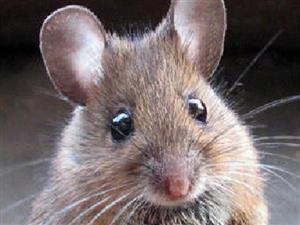Important Advances In Our Understanding Of TBX1

Important Advances In Our Understanding Of TBX1A message from The International 22q11.2 Deletion Syndrome (22q11.2DS) Modifier Gene Consortium
The International 22q11.2 Deletion Syndrome (22q11.2DS) Modifier Gene Consortium is interested in identifying genes that may explain variable phenotypes, at this point focusing on associated cardiac features, in individuals diagnosed with 22q11DS. The hypothesis is that the 22q11.2 deletion is the first hit in the genome, while common or rare copy number variations (CNVs) or single nucleotide variants (SNVs) in other genes would serve to modify the phenotype. In order to obtain enough DNA samples for a genetic study, an international consortium was formed (Utrecht; 2008). A total of 1,300 DNA samples were processed on Affymetrix 6.0 microarrays that contain over 1 million genetic variations.
Based upon the data collected we were able to perform genome wide association studies (GWAS) to identify loci containing common SNVs, termed single nucleotide polymorphisms (SNPs) as well as common and rare CNVs. One common CNV was identified that reached statistical significance. However, we did not find a significant locus by GWAS. This means that there is not one major modifier locus containing SNVs. To improve on the GWAS, and increase the signal over noise, we imputed the SNPs from the 1000 Genomes Project and obtained a few genome wide significant loci. Using data from another research site (Santiago, Chile) we were able to perform a replication and analysis is still underway.
To identify rare SNVs (<1% in normal people), we performed whole exome sequencing (WES) on 186, subjects with 22q11DS, divided half with tetralogy of Fallot and the other half had no heart defect or aortic arch anomalies only. We are now testing top genes found in mouse models.
That said, we would very much like to double the number of DNA samples with 22q11DS to expand the analysis. The purpose would be to replicate top findings as well as to expand the number of loci or genes found and eventually to expand our analysis to other phenotypes. We are also interested in obtaining DNA from families where multiple members have 22q11.2DS or other 22q11.2 chromosome rearrangements. Our goal would be to perform whole genome sequencing on DNA from such families.
For more information please contact Principle Investigator Bernice Morrow, PhD:
bernice.morrow@einstein.yu.edu
To identify rare SNVs (<1% in normal people), we performed whole exome sequencing (WES) on 186, subjects with 22q11DS, divided half with tetralogy of Fallot and the other half had no heart defect or aortic arch anomalies only. We are now testing top genes found in mouse models.
That said, we would very much like to double the number of DNA samples with 22q11DS to expand the analysis. The purpose would be to replicate top findings as well as to expand the number of loci or genes found and eventually to expand our analysis to other phenotypes. We are also interested in obtaining DNA from families where multiple members have 22q11.2DS or other 22q11.2 chromosome rearrangements. Our goal would be to perform whole genome sequencing on DNA from such families.
For more information please contact Principle Investigator Bernice Morrow, PhD:
bernice.morrow@einstein.yu.edu
